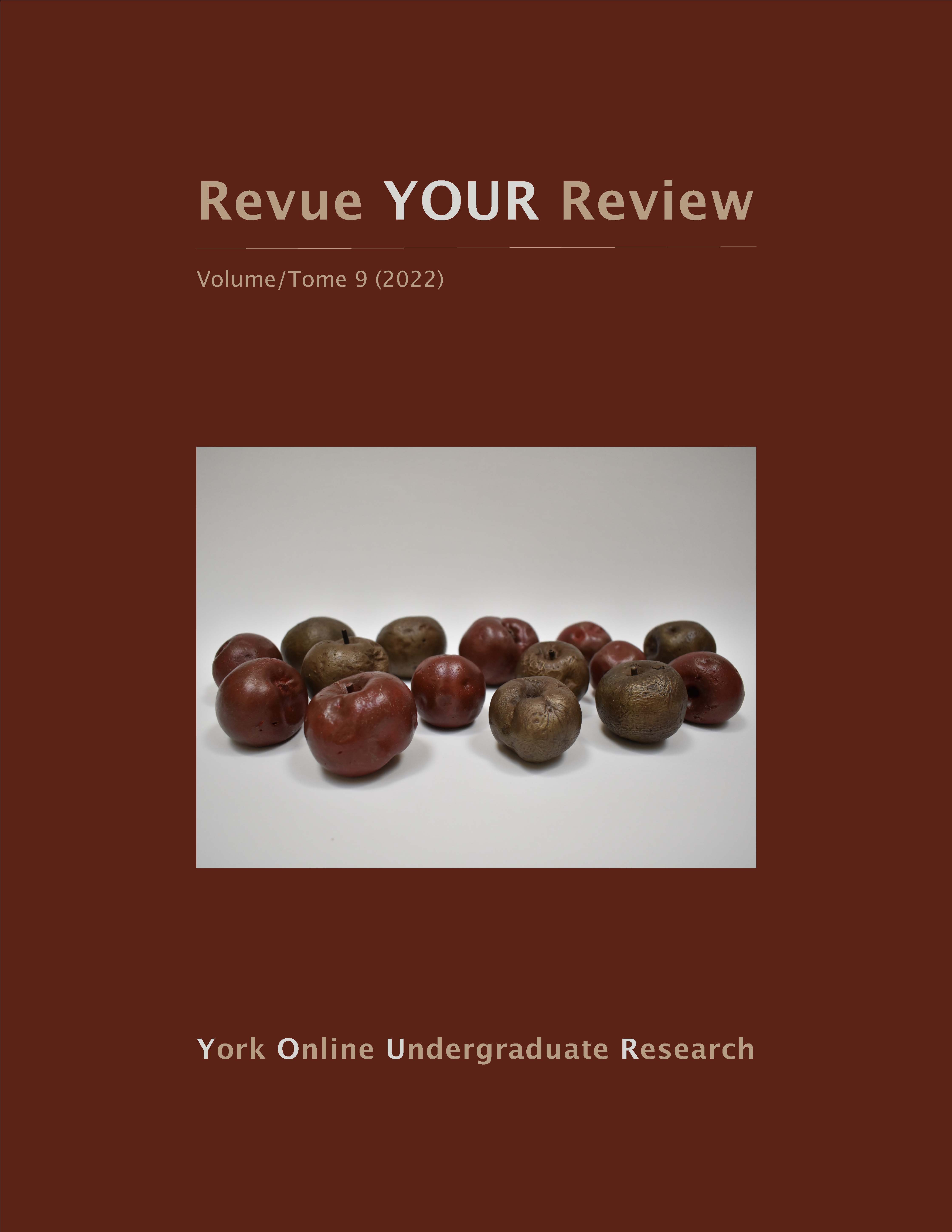Transnationalizing Predatory Food and Body Advertisement
Abstract
Western food and body-related corporate advertising methods, when delineated into a five-category model encompassing food, gender, and body insecurity, have been assessed as potential psychic drivers of “thinness,” fear of food, and the implied inadequacy of the “average” individual’s body perception vis-à-vis the manufactured “beauty idol.” Noting the exponential economic growth and consistent maintenance of insecurity-based advertising within Western food, diet, and media industries in the previous decades, this research sought to uncover the similarities in rising rates of North American eating disorders and negative body perceptions, their potential linkage to delineated methods of food and body-image advertising through specific industries, and their reproduction in a “non-Western” sociocultural setting. The following conclusion was subsequently reached: the perceptually negative impacts on gendered North American eating disorder and body-image rates and their methodological reproduction in the Asia-Pacific region represent a statistical tabulation suggestive of a successful “exporting” of Western corporate food and body-image advertising to demographics saturated with its subversive sub-threshold effects. This suggestion becomes particularly visible, and almost definitively exemplified, in the female-identifying populations of Fiji who are noted to have gone from a near-zero rate of medically diagnosed disordered eating and a female body ideal described as “heavier, [and] more robust,” to an alarming increase in eating disorder rates and negative body-image perceptions following the introduction and subsequent accessibility of Western, specifically American, satellite television programming.
Downloads
Published
How to Cite
Issue
Section
License

This work is licensed under a Creative Commons Attribution-NoDerivatives 4.0 International License.
Authors contributing to Revue YOUR Review agree to release their articles under one of three Creative Commons licenses: Creative Commons Attribution 4.0 International; Creative Commons Attribution-NonCommercial 4.0 International; or Creative Commons Attribution-NoDerivatives 4.0 International. All editorial content, posters, and abstracts on this site are licensed under Creative Commons Attribution-NoDerivatives 4.0 International. For further information about each license, see:
https://creativecommons.org/licenses/
In all cases, authors retain copyright of their work and grant the e-journal right of first publication. Authors are able to enter into other contractual arrangements for the non-exclusive distribution of the e-journal's published version of the article (e.g., post it to an institutional repository or publish it in a book or in another journal), with an acknowledgement of its initial publication in this e-journal.


